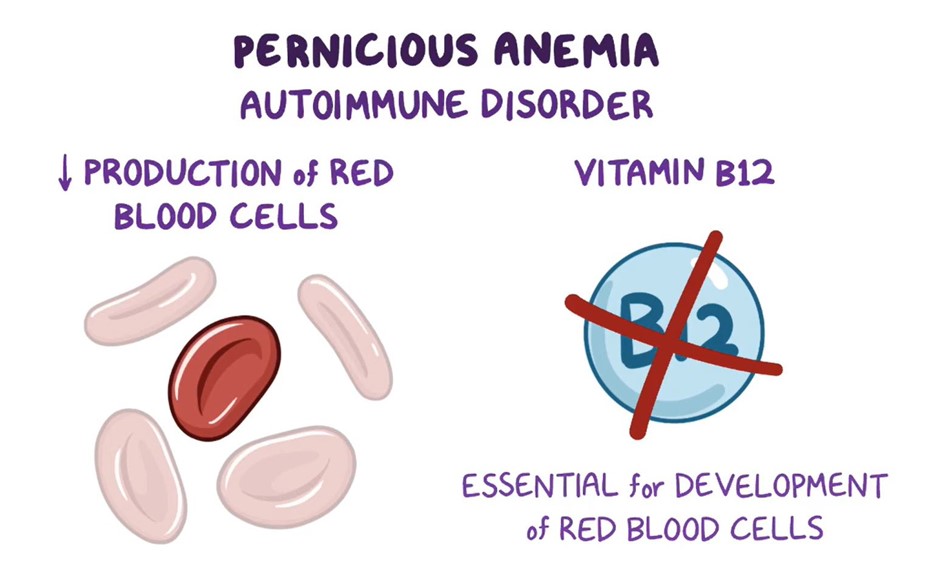A nurse is preparing to administer potassium chloride elixir 20 mEq/day PO to divide equally every 12 hr. Available is 6.7 mEq/5 mL. How many mL should the nurse administer per dose?
(Round the answer to the nearest tenth. Use a leading zero if it applies. Do not use a trailing zero.)
The Correct Answer is ["7.5"]
To calculate the amount of potassium chloride elixir needed per dose, we can use the following formula:
Amount per dose (mL) = (Desired dose in mEq / Concentration in mEq/mL) * Volume in mL
Given:
Desired dose = 20 mEq/day divided equally every 12 hr = 10 mEq/dose
Concentration = 6.7 mEq/5 mL
Plugging in the values:
Amount per dose (mL) = (10 mEq / 6.7 mEq/5 mL) * 5 mL
Calculating:
Amount per dose (mL) ≈ 7.46 mL
Rounded to the nearest tenth, the nurse should administer approximately 7.5 mL of the potassium chloride elixir per dose.
Nursing Test Bank
Naxlex Comprehensive Predictor Exams
Related Questions
Correct Answer is A
Explanation
A. Bruxism:
Correct Answer: This adverse effect is a priority to report to the provider.
Explanation: Bruxism refers to teeth grinding or clenching, often unconsciously during sleep. It can be a potential side effect of citalopram and other selective serotonin reuptake inhibitors (SSRIs). Bruxism can lead to dental problems, jaw pain, and other discomforts. If this side effect occurs, it should be reported to the provider as it can impact the client's oral health and overall well-being.
B. Confusion:
Incorrect Explanation: While confusion is a concerning adverse effect, it's not typically associated with citalopram use.
Explanation: Confusion is more commonly associated with other medications or medical conditions. If a client experiences confusion, a thorough assessment is warranted, but it may not be directly attributed to citalopram.
C. Weight loss:
Incorrect Explanation: Weight loss can be a side effect of citalopram, but it's not the highest priority in this scenario.
Explanation: Weight loss is a possible side effect of many antidepressants, including citalopram. However, it is generally not as immediately concerning as other adverse effects that can impact a client's health and well-being.
D. Insomnia:
Incorrect Explanation: Insomnia is a common side effect of citalopram and other antidepressants, but it's not the highest priority in this context.
Explanation: Insomnia can be a transient side effect when starting an antidepressant-like citalopram. While it can affect the client's quality of life, it is not as urgent as potential dental issues caused by bruxism.
Correct Answer is B
Explanation
A. "Plan to self-administer this medication for the next 6 months": The duration of treatment may vary based on individual circumstances and medical evaluation. It's not appropriate to make a blanket statement about the treatment duration.
B. "Administer the medication into one nostril once per week."
Cyanocobalamin is a form of vitamin B12 that is used to treat pernicious anemia. It can be administered via nasal spray in some cases. The appropriate dosing for nasal cyanocobalamin usually involves administration once a week. The client should be instructed to administer the medication into one nostril as directed by their healthcare provider.
C. "Lie down for 1 hour after administering the medication": There is no need for the client to lie down for an extended period after administering nasal cyanocobalamin.
D. "Use a nasal decongestant 15 minutes before the medication if you have a stuffy nose": This is not a standard recommendation for administering nasal cyanocobalamin. The client should follow the specific instructions provided by their healthcare provider.

Whether you are a student looking to ace your exams or a practicing nurse seeking to enhance your expertise , our nursing education contents will empower you with the confidence and competence to make a difference in the lives of patients and become a respected leader in the healthcare field.
Visit Naxlex, invest in your future and unlock endless possibilities with our unparalleled nursing education contents today
Report Wrong Answer on the Current Question
Do you disagree with the answer? If yes, what is your expected answer? Explain.
Kindly be descriptive with the issue you are facing.
